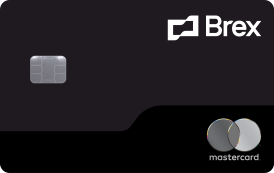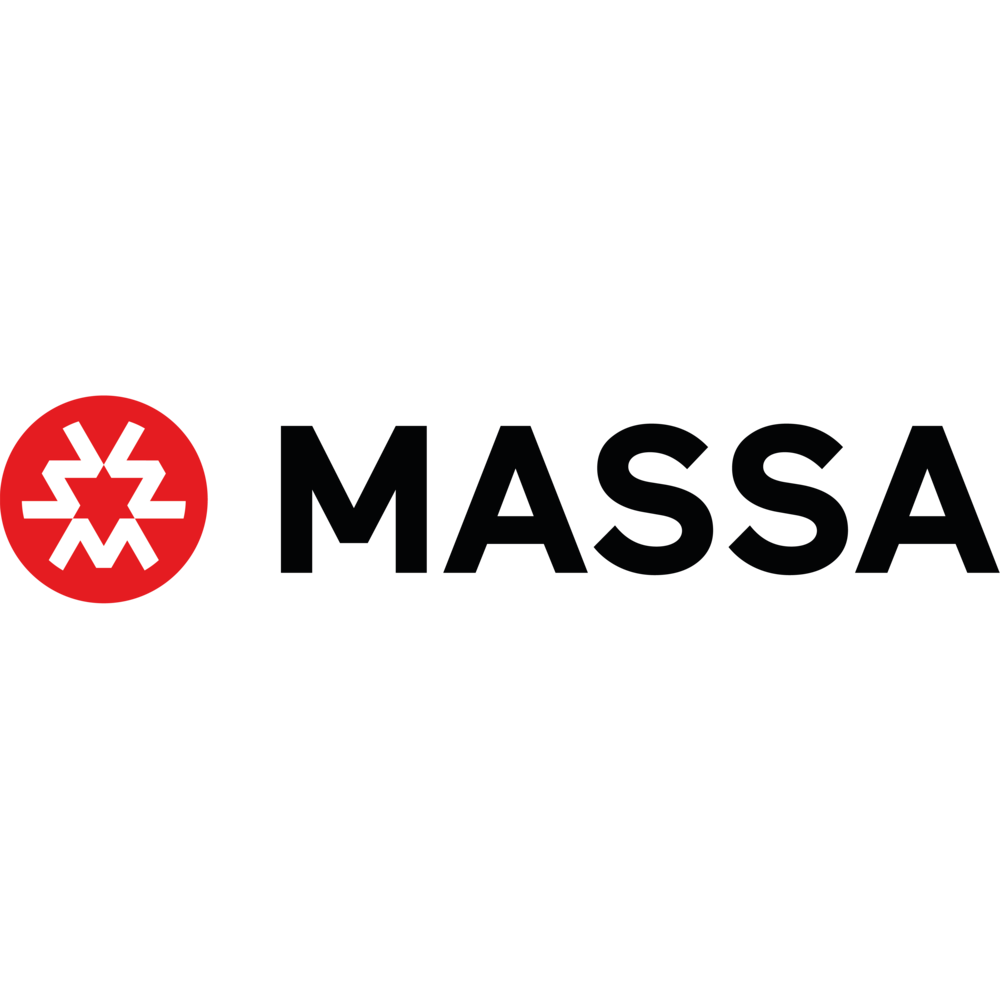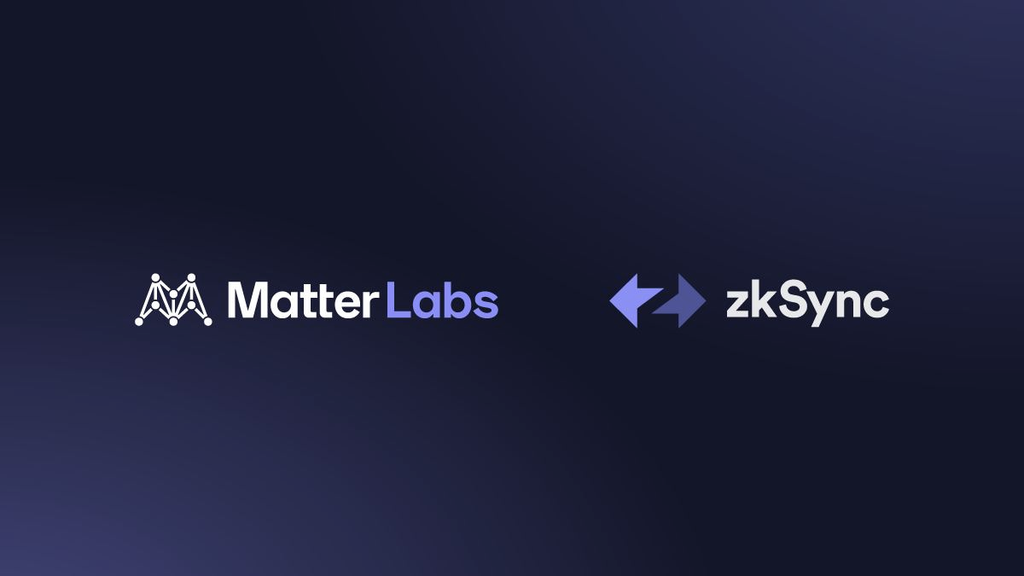Brex isn’t your everyday credit card issuer.
With most big-league credit card companies, you have to provide a personal guarantee and submit to a hard personal credit inquiry to be approved for a small business credit card — even if your business brings in a ton of revenue.
The rare exceptions are usually hyper-specific credit cards designed for use with single retailers, and while they can be useful, their advantages are limited.
That’s exactly why Brex stands out from the crowd.
What Is Brex?
Brex is a California-based fintech company that creates business financial products.
Besides Brex Cash, a “business banking alternative,” the company primarily provides business-oriented charge cards with distinctive rewards programs that are available with no personal guarantee.
Sounds too good to be true, right? Good news — it’s not. That’s not to say there aren’t requirements, of course, but Brex seems to be one of the only companies doing its thing in today’s credit landscape.
So whether you’re involved with a hyperlocalized small business or a veteran ecommerce company, Brex’s financial products might be worth your time and consideration.
Brex Charge Cards

- Choose either Tech Rewards, Life Science Rewards, or Remote Workforce Rewards
- $5,000 in Amazon Web Services credit over a year
- $150 in Google Ads credit
- 5% rebate on Microsoft ad products
- 40% off your first 12 months of QuickBooks
- 25% off an annual Monday.com subscription
- No foreign transaction fee
- No annual fee
- Not available to consumers, sole proprietors, unregistered businesses, and other non-individual liability companies
Brex currently offers two business charge cards: the Brex Daily Card (Review) and the Brex 30 Card (Review). When it comes down to it, they’re very similar, except for three main changes.
The first is the payment period.
The Brex Daily is automatically paid daily from the money in your Brex Cash account, a lot like a debit card, though using it still builds credit. It’s only available to Brex Cash customers (more on that later), but Brex Cash has a low barrier of entry, which makes the card easy to get even for small businesses.
The Brex 30 provides a 30-day payment period, accommodating customers who prefer a bit more flexibility. This comes at a cost, though — customers hoping to qualify for the Brex 30 must have at least $50,000 in the bank if they’re venture-backed, or $100,000 in the bank if they’re not.
The second key difference is how your credit limit is calculated. For Brex Cash customers with the Brex Daily card, your limit is 80% of your Brex Cash account balance. Brex 30 customers get a limit that’s instead calculated as 10%–20% of your linked account balances. So, that includes other bank accounts you might use, not just Brex Cash.
The final difference is that the Brex 30 earns one point fewer in most categories with all three available rewards programs. Fortunately, that’s not a big deal, considering how strong the reward rates are in the first place.
Brex Rewards
Brex offers three unique rewards programs, each developed to complement a certain type of company.
Brex for Tech
If you spend a lot of time traveling for business, you could find Brex for Tech quite valuable. It delivers high reward rates on rideshare services and Brex Travel purchases, and its remaining lower rate reward categories aren’t too shabby. The program’s non-travel categories, like recurring software purchases, are arguably just as crucial to its overall appeal — what modern business isn’t paying for at least a few monthly software subscriptions?
Brex for Life Sciences
Brex for Life Sciences flaunts several categories you can’t really find anywhere else. The program’s conference ticket and travel categories work impeccably together — earn big rewards on every conference ticket, then rack up another hefty serving of points while booking your flights to and from wherever the conference is held.
While the reward rate for lab supplies is much lower, it’s one of those unique categories we mentioned that’s virtually never covered by credit cards. So, 2X points may not seem like much, but it’s better than the 1X point base rate you’d probably get with most of your other options.
Brex for Remote Work
Remote work has quickly grown from a rare privilege to an essential component of corporate life. Brex understands this and has tailored a rewards program accordingly.
Remote Work customers earn rewards on collaboration tools, including corporate heavyweights like Zoom and Slack, plus the same recurring software category included with Brex for Tech. Food delivery is a nice touch, too — you don’t always have time to cook, even if your kitchen is just a few steps away.
Brex Card Features
While the Brex cards are available with several different rewards programs, you’ll always get access to the same batch of benefits. This includes the various statement credits and discounts, plus other convenient benefits to make cardholders’ lives that much simpler.
We’ve outlined many of the features that separate these cards from the pack, including the most basic.
- Statement credits: Including, but not limited to, $5,000 credit and up to $100,000 in AWS Activate (if eligible) for Amazon Web Services, 40% off your first year of QuickBooks, up to $150 in Google Ads credit, an automatic 5% rebate on Microsoft ads, and up to $10,000 in Quartzy credits
- Remote collaboration benefits: 20% off annual Zoom subscription, 25% off 12 months of any eligible Slack plan, 50% off an annual Dropbox subscription, 3 months of discounts on DoorDash, and 25% off an annual Monday.com subscription
- Brex Travel: Book corporate travel through Brex with an eligible card, and you may save anywhere from 30–60% thanks to negotiated rates and unique inventory. The Brex Travel portal grants you the option to save individual traveler profiles with frequent flyer information, and you can even use your Brex rewards points to book.
- Point transfers: Transfer your Brex points to select airline loyalty programs, including Aeromexico Club Premier, Air France/KLM Flying Blue, Cathay Pacific Asia Miles, JetBlue TrueBlue, and other airline partners, at a 1:1 ratio.
- Higher card limits (Brex 30): Brex 30 credit limits are determined by equity in your company, spending patterns, and cash raised to deliver limits 10–20 times higher than competing cards. Limits work a bit differently with the Daily card, with which you’ll get a limit that’s 80% of your Brex Cash balance.
- Virtual cards: After you’re approved, Brex gives you immediate access to virtual cards, which you can use for online or phone purchases.
- Intelligent receipt capture: Using the Brex mobile app, you can capture images of your receipts, and they’ll automatically be matched with the corresponding transactions on your Brex statements. If you’d rather not use the mobile app, you can still attach receipts via the Brex Dashboard, email receipt forwarding, or SMS notification.
- Accounting/ERP integrations: QuickBooks, Xero, NetSuite, and Expensify integration simplifies the expense tracking process using Brex transaction data.
- Charge cards: Both Brex cards are charge cards. That means they’re interest-free, because the balance must be paid off in full every billing cycle.
- Build business credit: Brex helps cardholders bolster their business credit scores by reporting positive payment activity to Dun & Bradstreet and Experian Business, two of the three major business credit bureaus.
- No personal guarantee required: Neither Brex card requires a personal guarantee, which means your business is liable for its debts — not you.
- U.S.-based support: Available via phone, email, and chat for cardholder convenience.
- Fraud monitoring: Like most credit cards, Brex cards include round-the-clock fraud monitoring powered by a combination of machine intelligence and human analysis.
How Do You Get a Brex Card?
Brex may not require a personal guarantee or a credit inquiry of its cardholders, but your business still has to meet certain criteria if you’d like to use Brex as your business credit card. The good news is that these criteria are quite straightforward.
For the Brex Daily Card (Review), it’s pretty simple: You have to be a Brex Cash accountholder. You cannot get the Daily card otherwise. The good news is that Brex Cash requires no minimum deposit, so as long as you’re applying on behalf of a non-individual liability company that was organized and registered in the United States, it shouldn’t be much trouble.
When it comes to the Brex 30 Card (Review), things are a bit tougher. Venture-backed Brex 30 Card applicants must have at least $50,000 in the bank, while non-venture-backed applicants need at least $100,000. So the average small business may find the Brex 30 card harder to get. Take note that Brex 30 applicants can get the card without a Brex Cash account, and that the financial requirements apply regardless.
Regardless of which card you choose, here’s a more general list of criteria the typical Brex customer has to meet:
- Work for a corporation or another non-individual liability company: Brex cards aren’t available to consumers, sole proprietors, or unregistered companies.
- Operate in the U.S.: Foreign founders are welcome, but your business must be registered in the U.S. to qualify.
- Check the list of prohibited activities: Brex has posted a public list of prohibited activities. Naturally, if your business engages in any of these activities, you can’t get a Brex card.
- Get an EIN: If you’re looking for a business card of this caliber, your business probably already has an Employer Identification Number (EIN). If it somehow doesn’t, there’s no better time than now to apply for one (it’s free!). Notably, while most business cards require you to provide your Social Security number (SSN) during the application process, Brex does not, according to our contact. Your EIN should do the trick.
- Check for additional requirements: Brex cards may have additional requirements. The ecommerce card, for example, requires cardholders to make at least $50,000 monthly. You may want to contact the issuer if you have other requirement-related questions.
Business Cards With No Personal Guarantee: What’s the Fuss?
If you’re new to business credit, you may not realize why a card with no personal guarantee is such a big deal.
Nearly every other business credit card requires a personal credit check and a personal guarantee — an acknowledgment that you’re liable for the card’s balance if the business can’t cover it. It’s never particularly desirable to entangle personal and business credit, but it’s almost always unavoidable.
Brex is different. The issuer requires neither a personal credit check nor a personal guarantee. Instead, it sets strict business-related standards (find them below) that its applicants must meet before they’re issued a card.
So the cards aren’t easy to get, by any means, but in the business card landscape, they’re a unique choice because there’s no personal liability involved.
What Is Brex Cash?
As we discussed earlier, you can’t get the Brex Daily Card without being a Brex Cash customer. But what exactly is Brex Cash?
Brex Cash is a “business banking alternative.” It’s not technically a bank account, for legal reasons, but its core functions are mostly the same — you can store money, invest in money market funds, and send payments via wire and ACH.
Brex Cash includes the Brex Daily Card by default, offering a simple way to access your money while earning rewards and building business credit. Brex Cash customers can apply for the Brex 30, but must still meet the card’s stricter financial requirements ($50,000 in the bank for venture-backed companies, $100,000 otherwise).
Brex Cash also delivers the same cutting-edge features that Brex has long offered with their corporate credit cards, including thousands of dollars in discounts and statement credits.
What really separates Brex Cash from Brex’s former offerings is that there’s no minimum deposit. You don’t have to be a startup with professional investors to qualify — as long as you’re involved with a non-individual liability company that was organized and registered in the U.S., (and you don’t work in one of Brex’s banned industries), you’ll likely qualify for Brex cash.
A Brief History of Brex
By now, you’ve probably realized that Brex is far from ordinary in the world of credit.
But it’s not just the issuer’s card offerings that stick out — it’s also the company’s background.
Unlike many of the nation’s most prominent issuers, Brex doesn’t have an extensive history that spans back to the 19th century, and it’s not part of some global financial conglomerate (yet).
Instead, it’s a true-blue Silicon Valley startup founded in early 2017 by two young, yet seasoned, entrepreneurs, Henrique Dubugras and Pedro Franceschi.
Before Brex
The company’s Brazilian-born co-founders were busy devising their own business ideas long before Brex was born. In fact, soon after the pair met at age 16, Dubugras and Franceschi founded Pagar.me, a Brazil-based payment processing service that saw rapid success, raising millions and eventually processing well over $1 billion in payments before it was sold.
In the wake of Pagar.me’s success, Dubugras and Franceschi moved to California and enrolled at Stanford University to make their mark alongside the wave of cutting-edge technology companies that continue to pour out of the region.
They quickly entered Y Combinator, a prominent seed accelerator, to build a virtual reality startup known as Beyond. But this venture was short-lived, and upon realizing they were most at home in the world of payments, Dubugras and Franceschi founded Brex.
The Start of Something Big
It didn’t take long for Brex to secure millions upon millions of dollars in funding, with the company now boasting support from high-profile investors like Ribbit Capital, Greenoaks Capital, DST Global, IVP, and PayPal co-founders Peter Thiel and Max Levchin.
But what is it that made the idea of charge cards with no personal guarantee so appealing in the first place?
It ultimately comes to a common problem with far-reaching consequences: Borrowing money as a startup is difficult.
As a result, growing businesses are often stuck taking out high-interest loans in order to get the cash they need.
Startups can get business credit cards, of course, but if they end up with low credit limits, those cards won’t provide a lot of spending power.
Dubugras and Franceschi decided that the world was ready for a more convenient alternative, and that’s how Brex came to be.
How Brex Stands Out
Brex has already earned its fair share of attention because its cards require no personal guarantee and deliver higher limits than typical business and corporate credit cards.
The issuer also separates itself from the competition by keeping its fees to a minimum. While most charge cards include annual fees to make up for their lack of interest charges, Brex simply earns a small commission from the merchant each time a transaction is conducted.
But beyond these obvious selling points, Brex also delivers more subtle benefits that could prove just as valuable.
Most notably, the company uses its own software platform that was built entirely from scratch, rather than dated legacy products, and it’s designed to streamline and simplify the corporate expense-tracking process.
Betty Jin, the Brex contact we mentioned earlier, described in a phone call how this software is especially useful for data cleanup. So, for example, while other expense-tracking tools may list several names for the same merchant (a mess you typically need to untangle yourself), Brex’s software ensures that users only see one merchant name connected to every transaction conducted with that merchant.
It’s a small detail, but these little benefits add up to make the startup’s future look even brighter.



